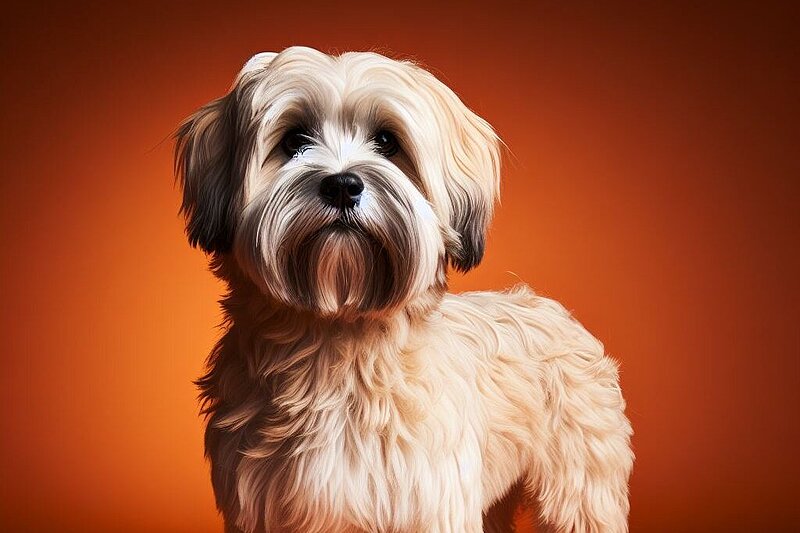The Dandie Dinmont Terrier: A treasure from Scotland
The history of the Dandie Dinmont Terrier
The origins of the Dandie Dinmont Terrier date back to the 18th century, in the border region between Scotland and England. This breed was originally bred for hunting otters and badgers. The name "Dandie Dinmont" comes from Sir Walter Scott's novel "Guy Mannering", in which a character named Dandie Dinmont owns several terriers. Dandie Dinmont's dogs became so famous that the breed was named after him.
Who is the Dandie Dinmont Terrier suitable for?
The Dandie Dinmont Terrier is ideal for families and individuals looking for a loyal and loving companion. This breed is known for its adaptability and can live well in both urban and rural environments. They are particularly well suited to people who want a dog with a big personality and a calm temperament.
Character of the Dandie Dinmont Terrier
Dandie Dinmont Terriers are courageous, intelligent and independent. They are known for their loyalty to their family and their friendliness towards children and other pets. Although they can be a little stubborn at times, they are generally obedient and easy to train if given a consistent but loving hand.
Appearance of the Dandie Dinmont Terrier
The Dandie Dinmont Terrier is easily recognized by its long, low body and short legs. Their head is large and round with long, silky ears and expressive eyes. Their coat is a mixture of soft and hard hairs and comes in two main colors: "pepper" (a dark gray) and "mustard" (a lighter brown).
Grooming the Dandie Dinmont Terrier
Grooming a Dandie Dinmont Terrier requires regular attention. Their coat needs to be brushed weekly and trimmed every few months to prevent matting. Ear and eye care is especially important to prevent infections. Their teeth should be brushed regularly to prevent dental problems.
Health of the Dandie Dinmont Terrier
Dandie Dinmont Terriers are generally healthy, but as with all breeds, there are some health issues to watch out for. These include back problems due to their long body, hip dysplasia and eye problems. Regular visits to the vet and a balanced diet are key to your Dandie Dinmont Terrier's health.
Size and weight of the Dandie Dinmont Terrier
This breed is small but robust. An adult Dandie Dinmont Terrier reaches a height of around 20 to 28 cm and weighs between 8 and 11 kg.
Exercise requirements and habitat
The Dandie Dinmont Terrier needs regular exercise, but not excessive activity. Daily walks and playtime in the garden are enough to keep him happy and healthy. This breed is well suited to city living as long as it gets enough exercise and mental stimulation.
Training recommendations
Dandie Dinmont Terriers are intelligent and adaptive, but sometimes stubborn. Consistent but friendly training is crucial. Positive reinforcement and rewards work best. These dogs love to learn new tricks and participate in activities such as agility.
Detailed grooming instructions
In addition to grooming, it's important to trim your Dandie Dinmont Terrier's claws regularly to prevent overgrowth and pain. Dental hygiene should not be neglected either. Use special dog toothpaste and brushes to prevent dental disease.
Behavioral characteristics and interactions
Dandie Dinmont Terriers are friendly and sociable. They get along well with children and other animals if they are well socialized. However, they can have a strong hunting instinct, so care should be taken when living with smaller pets.
Recognition by the FCI
The Dandie Dinmont Terrier is recognized by the Fédération Cynologique Internationale (FCI) and is listed in Group 3 (Terriers).
